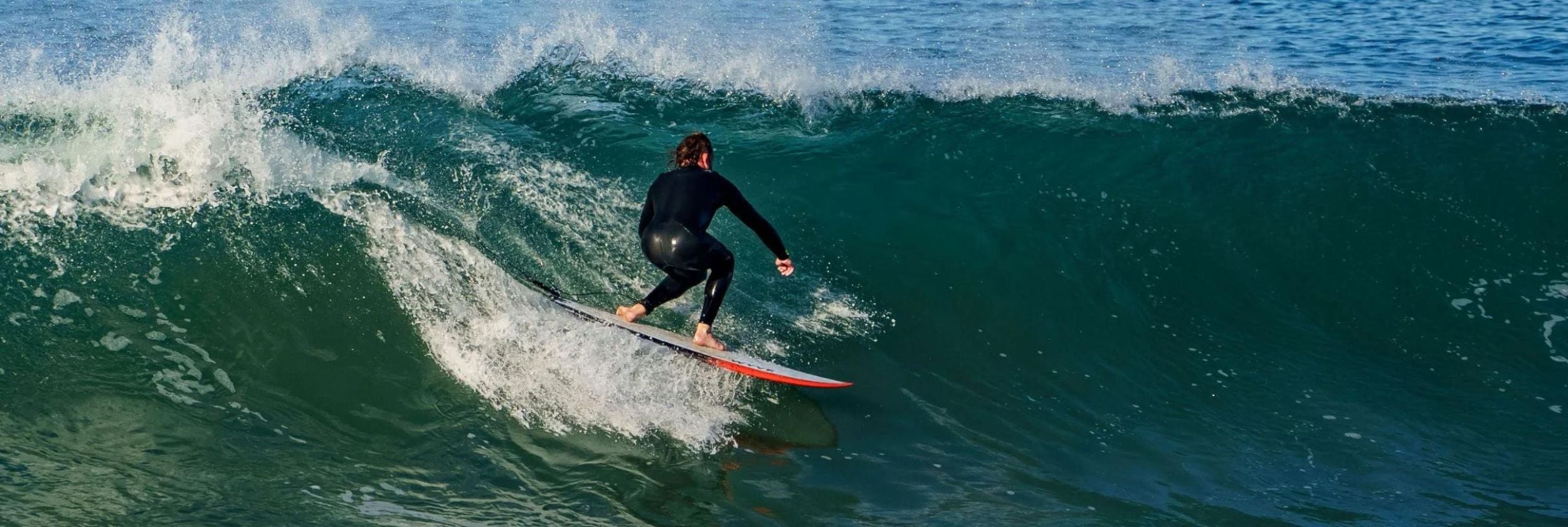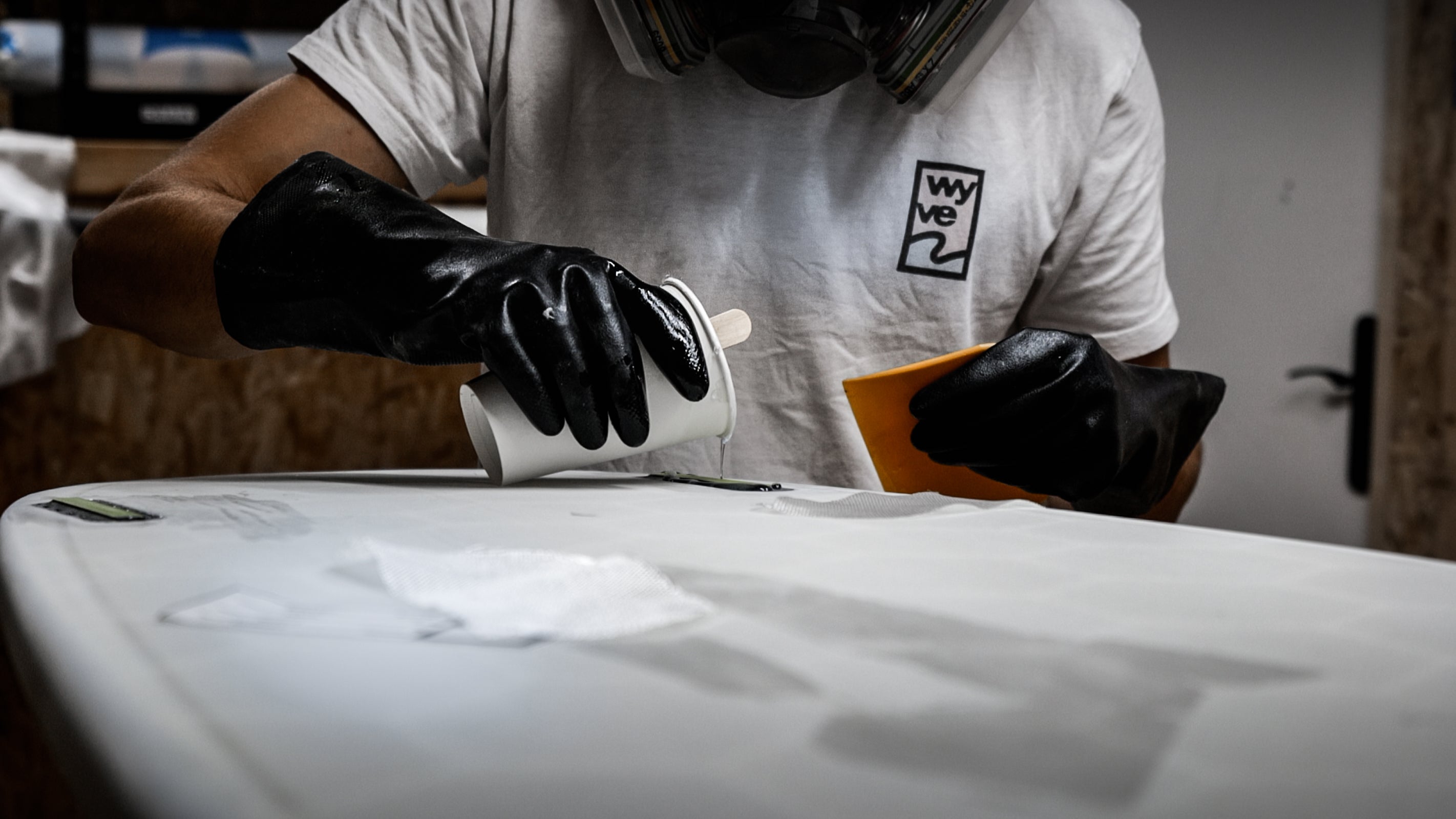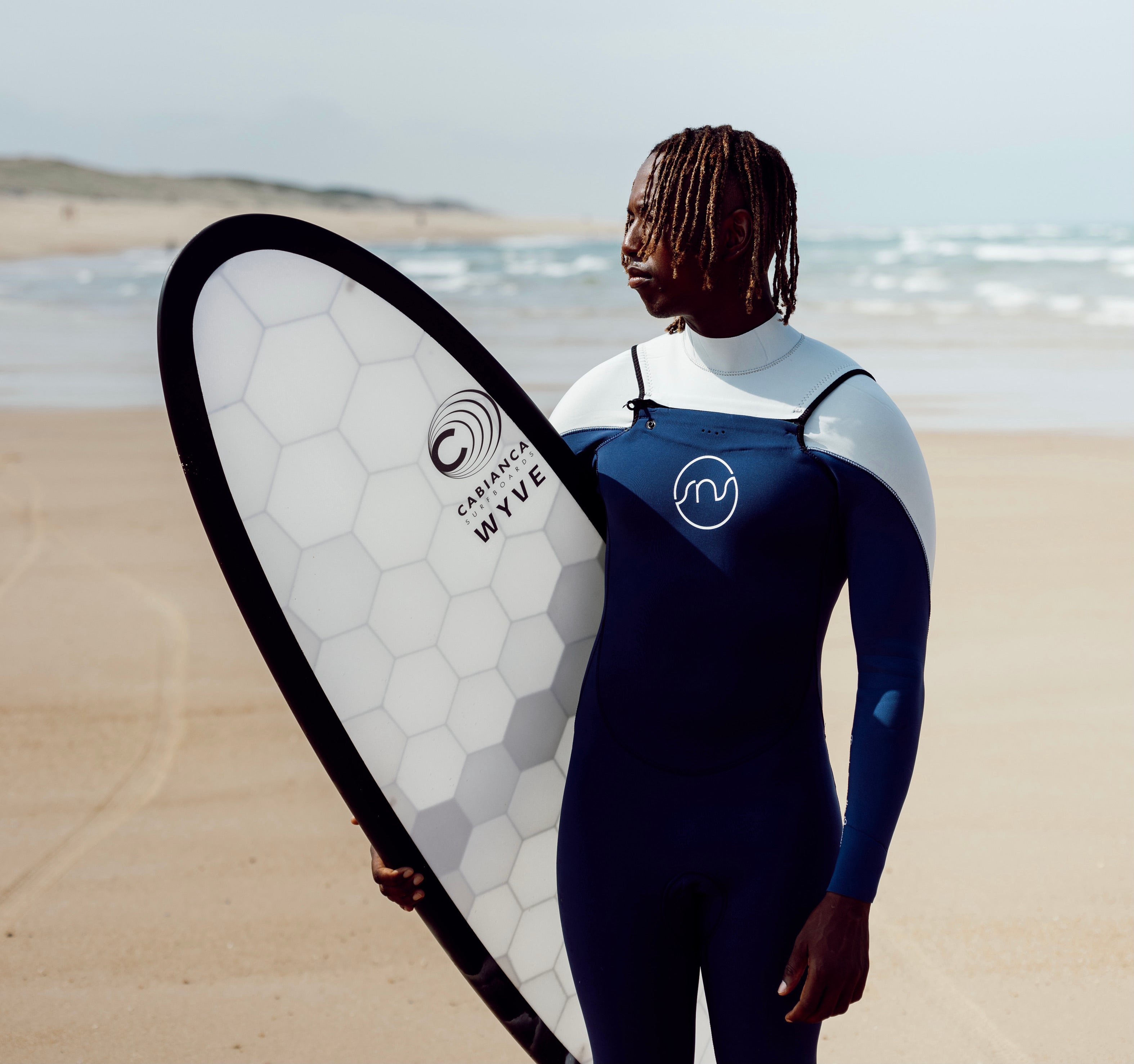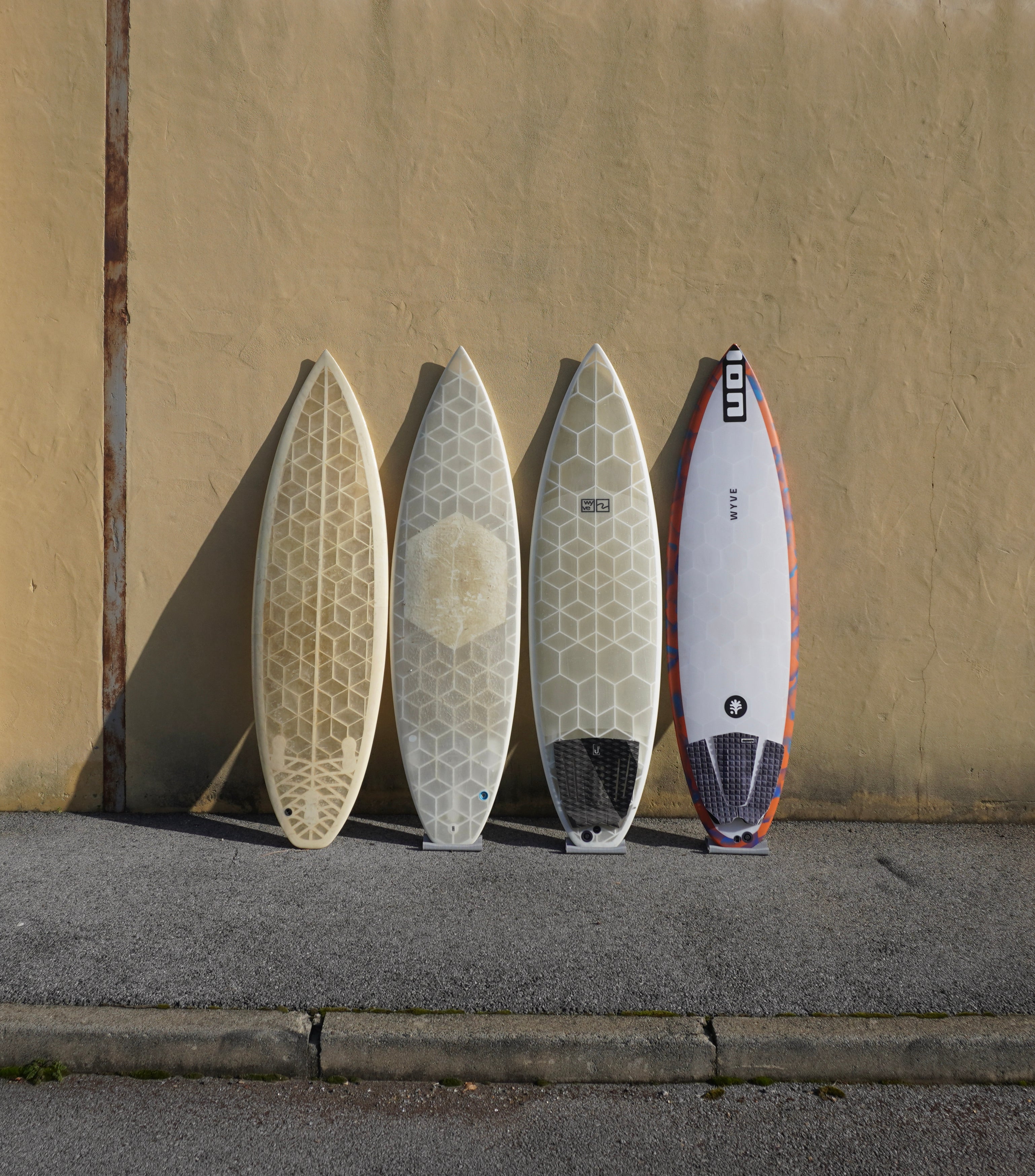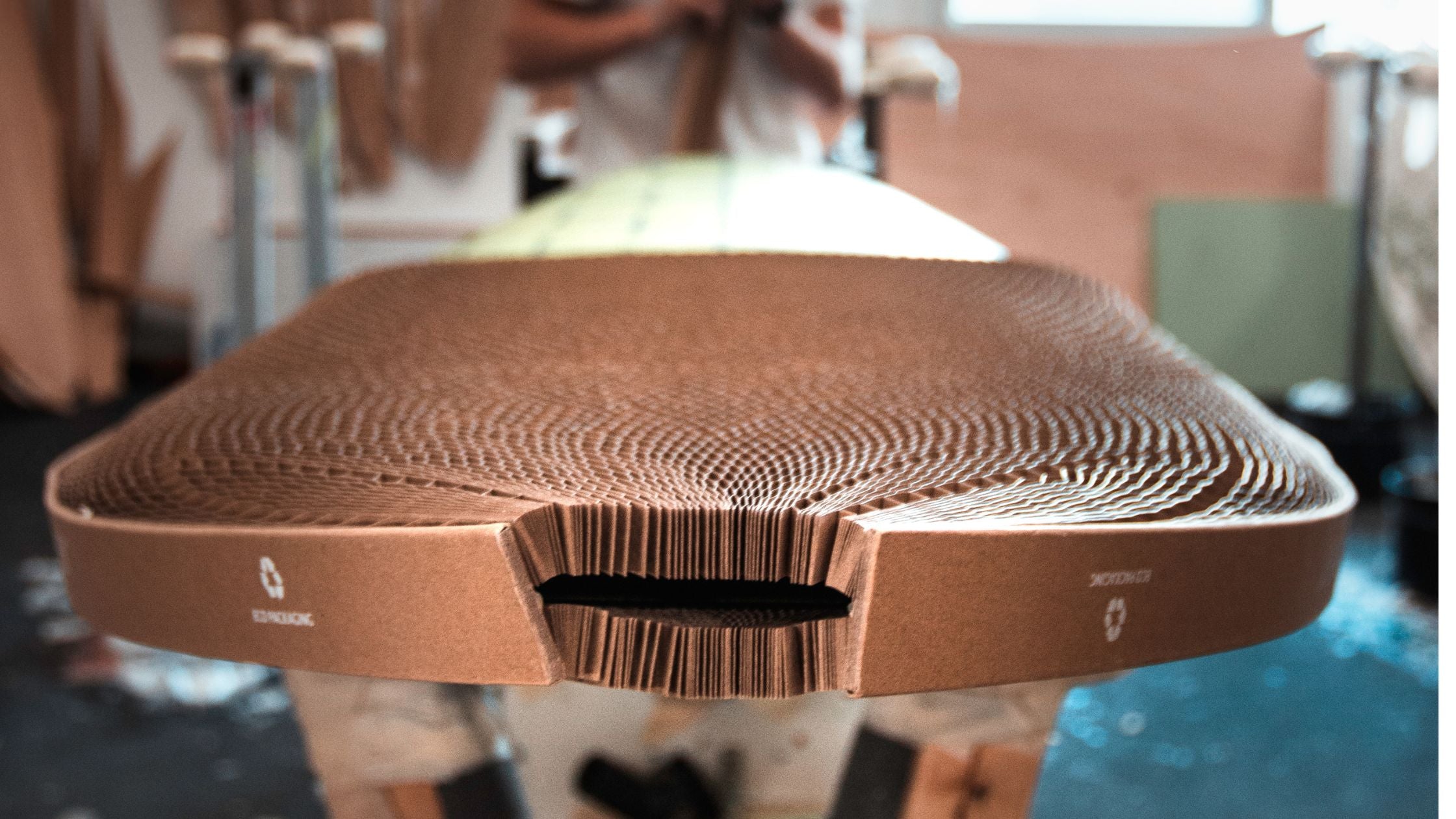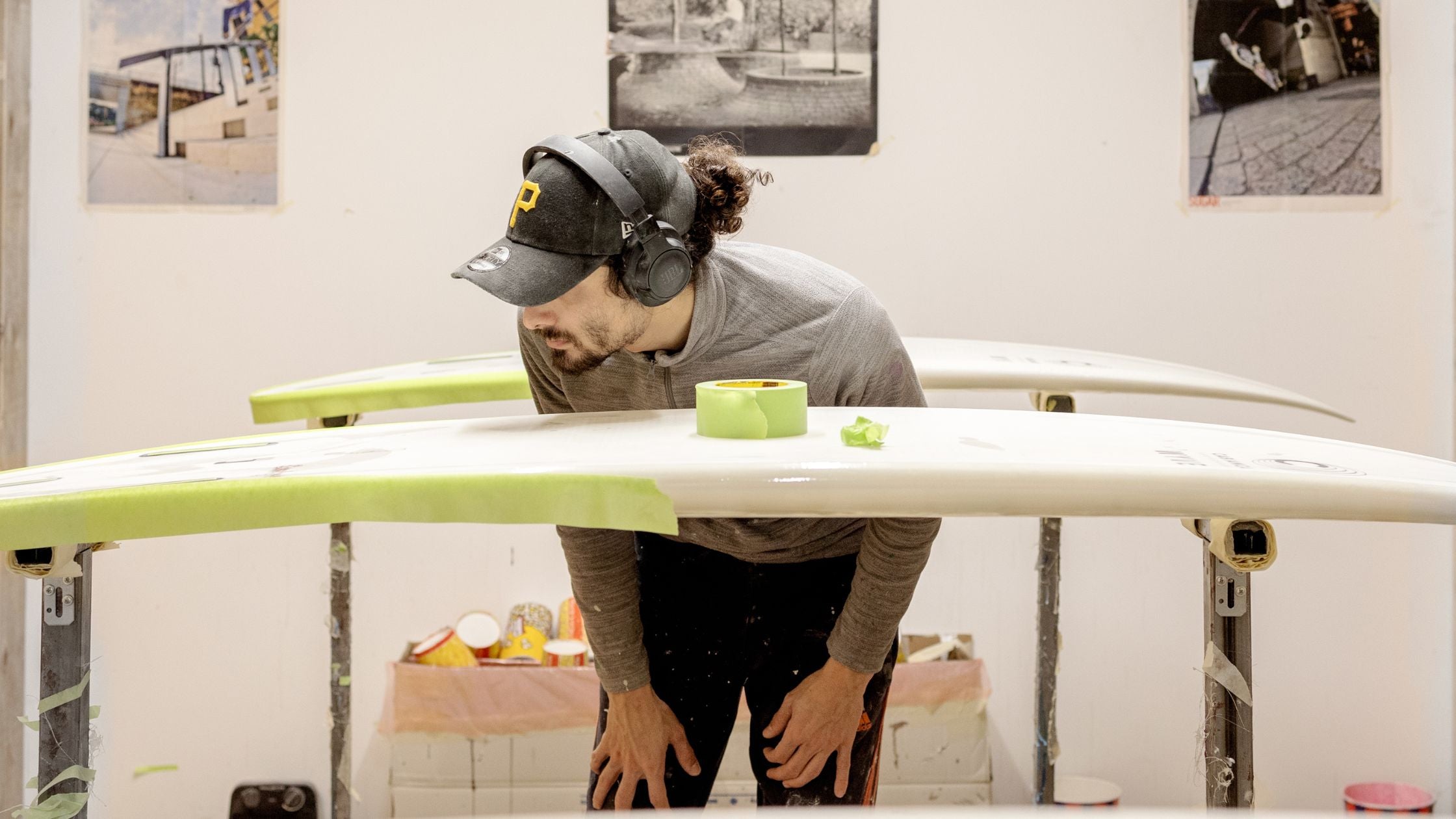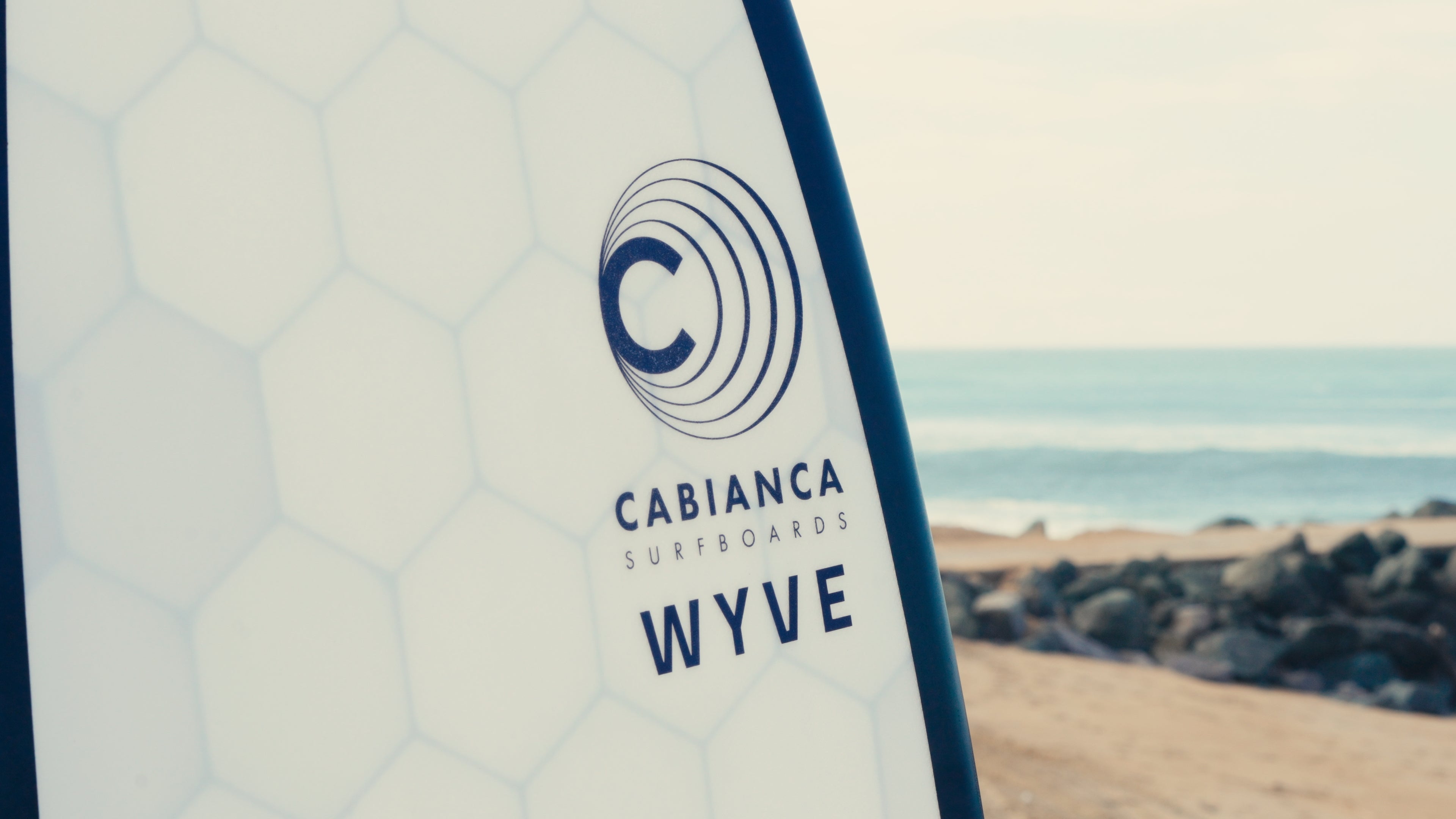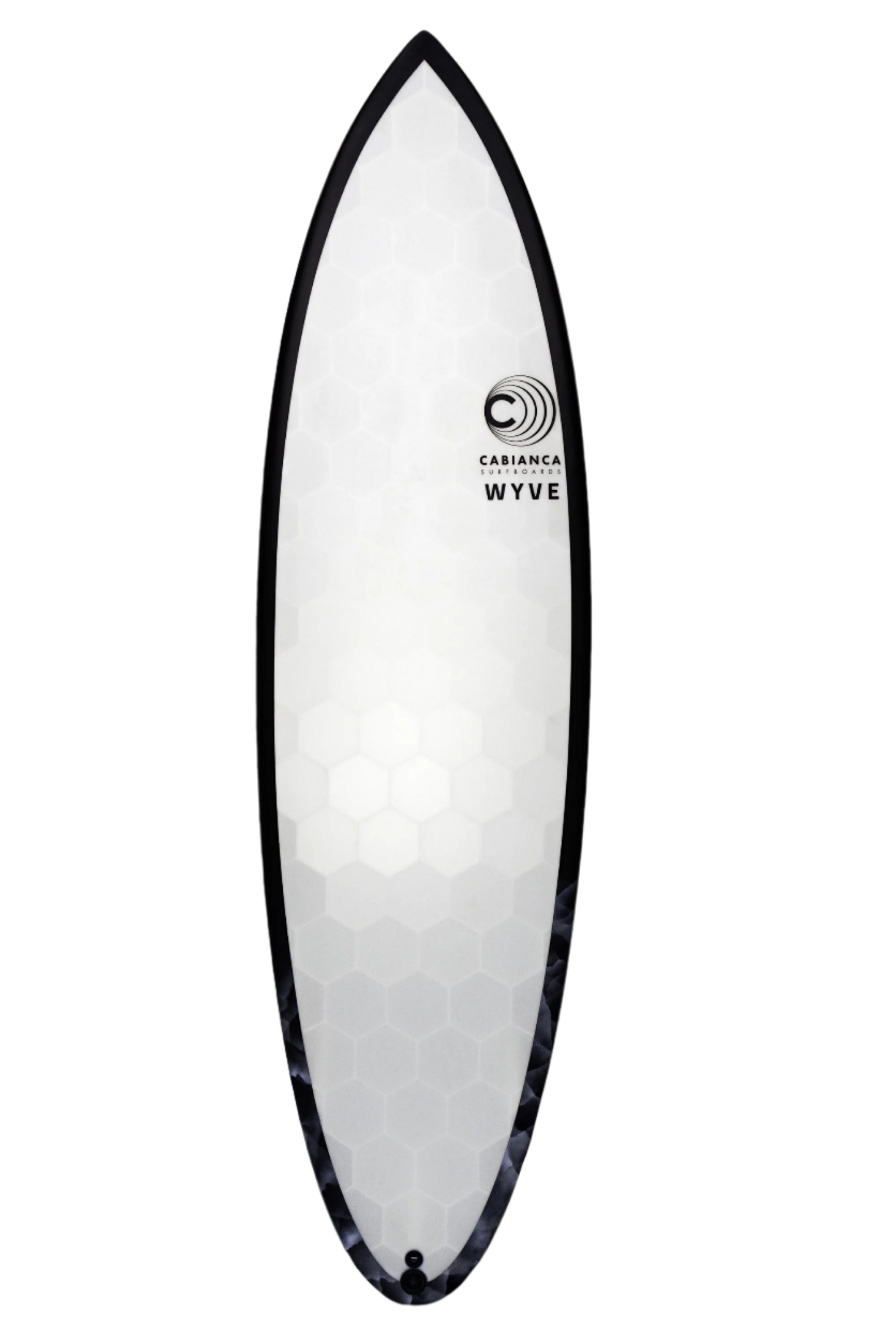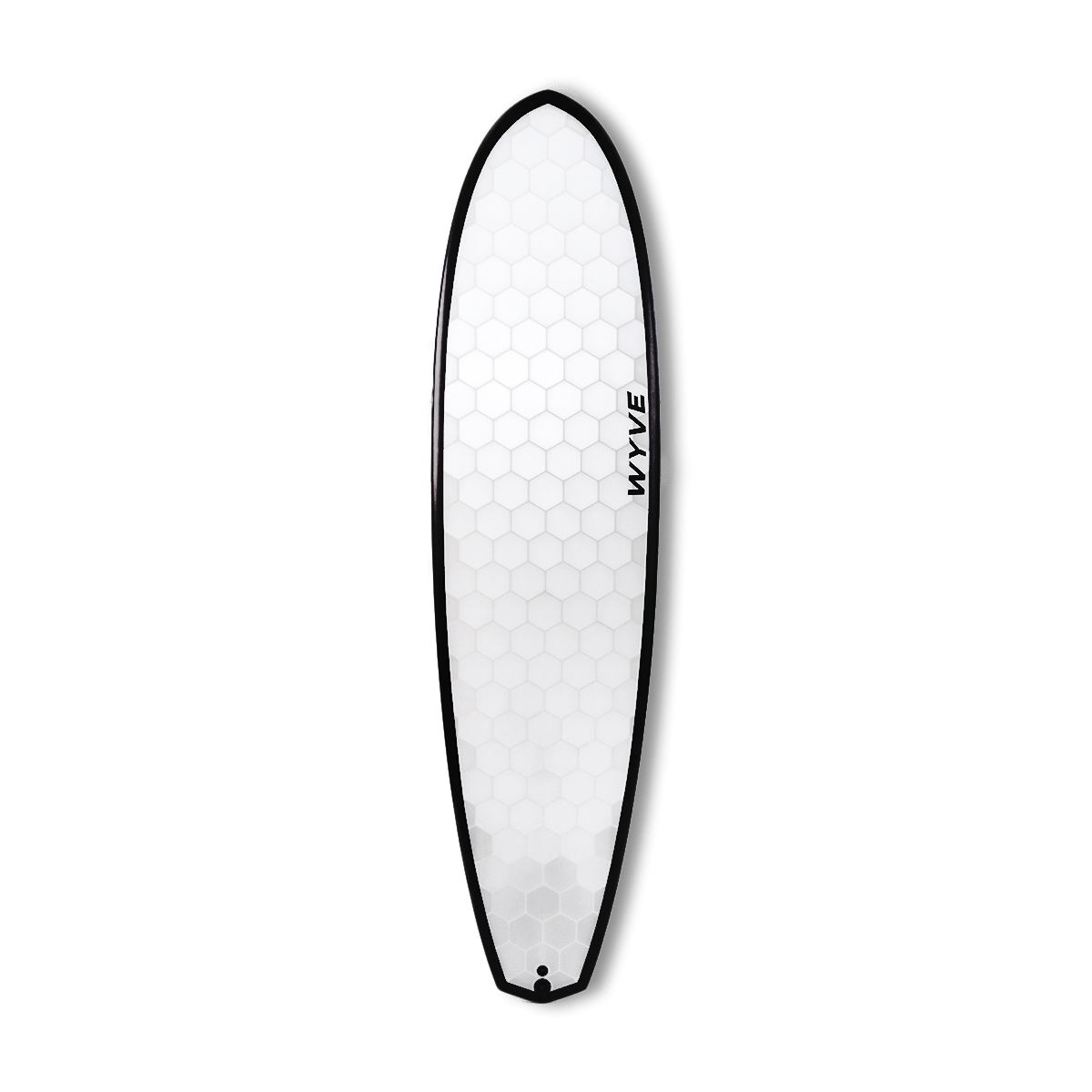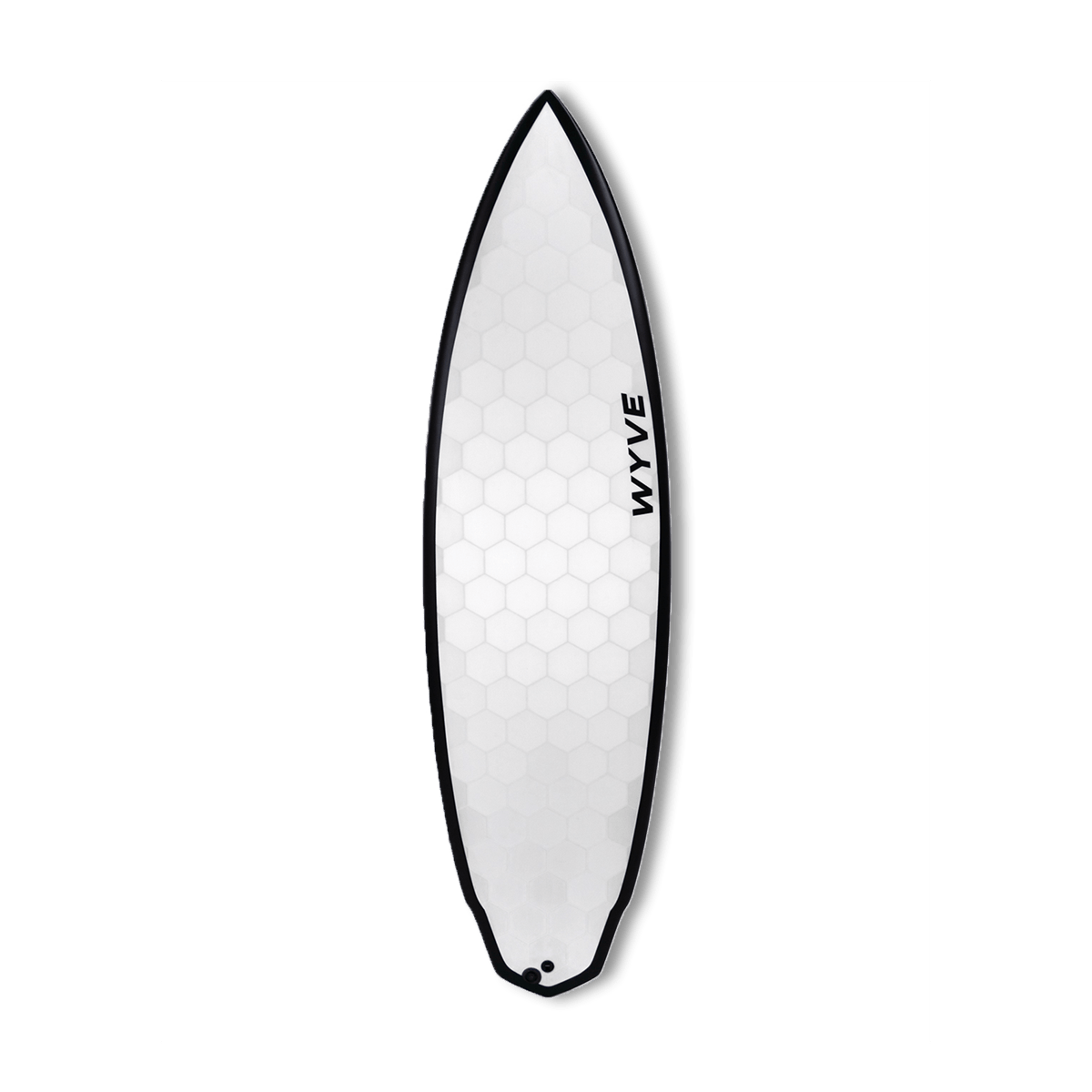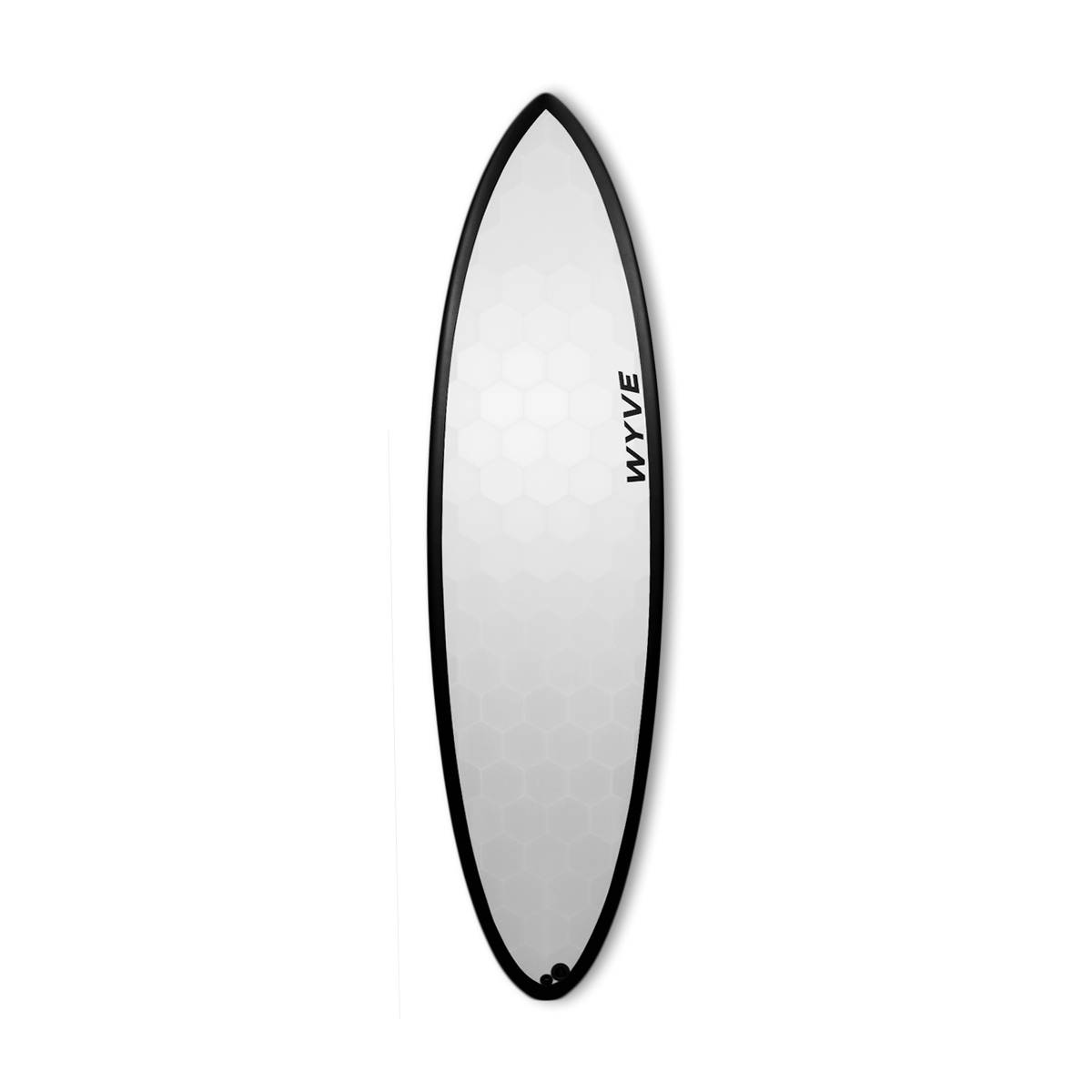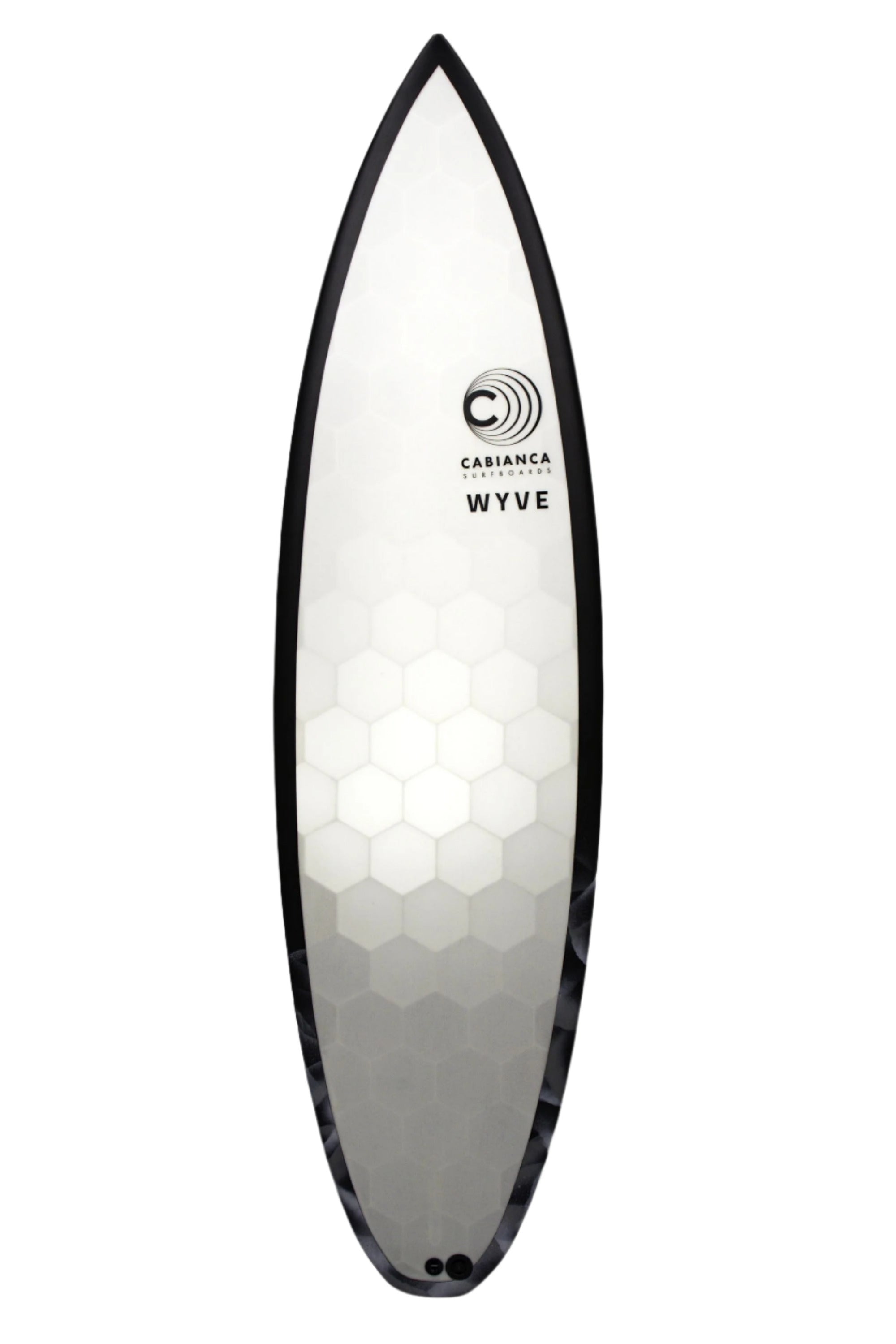The allure of riding a wave on a surfboard you've crafted yourself is deeply enticing to surfers of all levels. While the notion of shaping your own custom board may seem straightforward, the reality is that crafting a high-performance surfboard challenges even seasoned shapers. This honest assessment delves into the complexities of surfboard building, weighing the hands-on rewards against the obstacles to help you set realistic expectations.
Simultaneously, it explores the role of emerging digital tools and manufacturing methods that are lowering barriers for newcomers, making the dream of building your own surfboard more attainable than ever before.
The Alluring Simplicity of Surfboard Building
On the surface, surfboard construction appears deceptively simple. The general process involves designing a template, carving foam, laminating fiberglass, and installing fins. Indeed, using basic tools to replicate an existing board with altered dimensions can be achievable, provided you're not aiming for refined performance or responsiveness.
If your primary goal is to experience the satisfaction of riding a wave on a board you've shaped yourself, the process can be relatively straightforward:
-
Acquire a foam surfboard blank ( EPS foam blank or Polyurethane foam blank)
-
Utilize a saw and sandpaper for rough cutting the core
-
Employ fiberglass cloth and polyester resin for waterproofing ( ( Epoxy resin if applicable )
-
Install fin boxes and wood/resin laminates for structural rigidity
With basic tools, adequate workspace, and proper safety precautions, anyone can shape straight-line longboards for casual enjoyment. While the simplicity may be appealing, the lack of refined performance can lead to dissatisfaction.
Complexities of Performance Surfboard Building
As you venture deeper into the intricate craft of surfboard shaping, a boundary emerges - separating the crude sculpting of recreational novices from artful high-performance designs attuned to a surfer's maturing style. Achieving responsive boards resonating across wave types relies not just on mastering construction techniques, but intimately understanding interplays between shape subtleties, dynamic materials, personal progression goals and environmental interactions.
It is within this elevated realm that the true depth of surf engineering unfolds through dedicated exploration, conceptual refinement and salt-fueled experimentation. Rather than a shallow hobby, obsessive shapers reveal advanced magic carpet making as a profound means of translating science and soulfulness into hydrodynamic artworks extending our wave riding potentials.
In this pursuit of crafting the perfect wave-taming companion, you'll encounter the delicate dance between rail refinement and responsiveness, where every subtle adjustment to the edge profile can dramatically alter the board's interaction with the wave face. You'll delve into the intricacies of bottom contours, meticulously sculpting the curves that govern speed, stability, and maneuverability. And you'll explore the intricacies of foil and rocker, the invisible forces that determine how your board slides over the water, engages with turns, and responds to your commands.
This is where surfboard shaping transcends mere hobbyism and transforms into an artful craft, a passionate exploration of form and function. It's a journey that demands patience, perseverance, and a willingness to embrace experimentation, for each board you shape becomes a canvas for your creativity and a testament to your growing mastery of this intricate art.
Precisely Sculpting Sensitivity
Tuning rail edges, bottom contours, foil, and rocker characteristics for ideal slide, hold, and thrust demands masterful finesse that merely copying templates cannot provide. Developing the hand-to-eye coordination required to translate mental maps into physical planes takes years of dedicated practice.
Engineering Advantaged Materials
Mastering multi-layer composite lamination to maximize torsional rigidity and flex patterns challenges even seasoned shapers adapting to emerging materials like basalt fibers or bio-epoxies. Conceptualizing advanced magic carpets is one thing; manifesting them into reality is another.
Reconciling Expectations with Reality
The clash between the expectation of instantly mastering a complex discipline like shaping and the frustrating realities of accumulating messy failures can lead many to abandon their dreams. Building boards tests character as much as competence. Elevating beyond crude first attempts into consistent high-performance board building relies on far more than simplistic overviews allow for. Like any intricate endeavor, the true depth of the challenge lies between the confident initial steps and the committed lifelong journey.
Digital Tools Lowering Barriers for Aspiring Shapers
Thankfully, surfers no longer need to navigate the intricacies of surfboard building alone. Digital tools are now accelerating design iteration, providing shaping references, and enabling remote apprenticeships, making knowledge moroday, surfboard shapers are no longer confined to traditional hand-shaping methods.
Leading surfboard brands like Firewire, JS, Lost, Rusty, and Channel Islands have embraced the power of Shape3D, a cutting-edge CAD software developed in France. This innovative tool allows shapers to meticulously craft and refine surfboard designs in the digital realm, meticulously sculpting dimensions, contours, and rocker profiles before committing to physical foam blanks.
Shape3D has streamlined the design process, enabling shapers to experiment with a vast array of parameters and visualize the impact of each adjustment on the board's performance. This virtual prototyping eliminates the guesswork and wasted materials that often accompany traditional hand-shaping methods. Additionally, Shape3D facilitates collaboration among shapers, allowing them to share and refine designs remotely, fostering a global community of innovation.
3D Scanning & Printing Smoothing the Learning Curve
The impact of digital tools extends beyond the design phase. 3D scanning technology is transforming the way shapers analyze and refine existing boards. By capturing the precise contours of a shaped board using a 3D scanner, shapers can identify areas for improvement and apply those insights to future designs. This iterative approach accelerates the development of high-performance boards, pushing the boundaries of what's possible on the waves.
Online Video Tutorials & Courses
The democratization of surfboard shaping knowledge is further fueled by the abundance of online resources. YouTube tutorials from industry experts demystify the entire shaping process, guiding aspiring shapers through each step from foam cutting to glassing.
Additionally, structured online courses provide aspiring shapers with the opportunity to learn directly from seasoned masters, gaining invaluable mentorship and guidance.
Together, these advancements have empowered a new generation of surfboard shapers, enabling them to stand on the shoulders of giants and push the boundaries of surfboard design. The path to crafting personalized high-performance surfboards has never been more attainable, allowing surfers to connect with their craft on a deeper level and unlock their full potential on the waves.e accessible than ever before.
FAQs: Building Your Own Surfboards
Q: How long does it take to shape a surfboard?
A basic longboard can take 20-30 hours for an initial amateur attempt, but high-performance shortboards require 80-100+ hours even for experts finely tuning responsiveness.
Q: Is making your own surfboard difficult?
In theory, just cutting and glassing foam and installing fins sounds straightforward. But practically, mastering high-performance responsiveness, construction techniques, and materials science represents a challenging learning journey.
Q: What costs go into hand shaping a surfboard?
A new blank costs $100-$200, with fiberglass cloth, resin and hardeners around $150. Specialty tools like planers and stands add $500+. So all-in expect $1000+ sunk on first builds.
Q: How achievable are quality homemade surfboards?
With persistence and embracing imperfections, surfers can certainly shape custom boards matching their style preferences, if not rivaling master builder performance. Digital tools aid progression.
In summation, creating your own functional surfboard provides immense rewards workshop tinkerers relish with less barriers today given emerging technologies. Yet crafting elite performance equipment challenges even seasoned experts.



